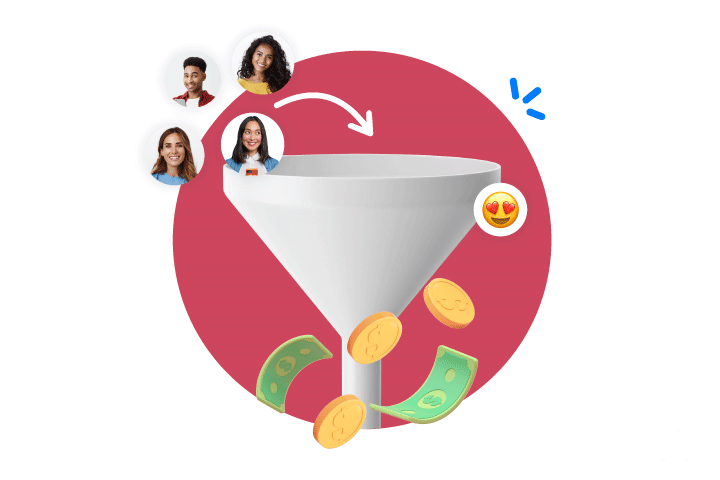Marketing Types: 39 Strategies for Your Company
Digital marketing, content marketing, inbound marketing, event marketing… there are so many marketing types that we hear every day.
But, after all, what does each of them say? What strategies are presented and how does this impact your business? Which tactic to choose for your company?
These are some of the questions that Leadster answers for you. Let’s go!
What is a marketing strategy?
Marketing strategy is a set of actions whose objective is to leverage the company’s results, positively impacting sales, promoting your brand and authority.
It is in the marketing strategy that you define your goals, objectives, deadlines and future actions. Remember that your objectives must be SMART, that is:
S – Specific: the objective must be clear and with as much detail as possible, so that the entire team understands it.
M – Measurable: every goal must be measured in some way, if not, how do you present this to your client?
A – Attainable: it is necessary to be aware of the situation you are in, what resources are needed and whether it is really possible to achieve what was proposed, otherwise, what would be the logic?
R – Relevant: show that this objective brings relevance to your business. What makes you different from others? This way, your entire team will be motivated.
T – Time based: it is essential that you establish a deadline for this goal.
Why is it important to invest in marketing for your company?
In addition to marketing helping your business gain new sales, it is the gateway to new leads and strengthening the brand in the market.
Marketing strategies involve points such as: brand positioning, greater reach of new audiences, improved relationships with visitors and greater authority in the market.
What are the main marketing types?
Let’s now look at the main types of marketing for you to apply to your business!
1. Digital marketing
Digital marketing concerns strategies applied in the online environment .
This tactic covers areas of content, social media, ads and search engines . Through digital marketing, the company is able to get closer to the customer, in addition to further personalizing each experience.
2. Offline Marketing
Also known as traditional marketing, offline marketing covers techniques outside the internet, such as banners, billboards, leaflets, giveaways , and even other communication channels, such as TV and radio .
3. Outbound marketing
Outbound marketing is the strategy in which you put your advertising on air to capture the public, in other words, we are talking about an active approach .
In outbound, it is expected to take the user by surprise, almost a programming interruption, so know when to do it so as not to give a negative image to the consumer.
4. Inbound marketing
Unlike outbound, inbound marketing will bring relevant content to users in a “natural” and non-invasive way , in order to convert them into leads, and later, into customers.
This tactic is also known as inbound marketing .
5. Content marketing
As the name suggests, content marketing offers relevant and valuable content to the target audience .
The objective is to engage throughout the purchasing journey, improving the customer relationship and experience.
6. Performance marketing
Everything in marketing is linked to numbers and metrics, after all, this is the possible way to monitor results and make improvements.
Therefore, performance marketing will have all its actions based on data , always aiming to optimize investments in ads and generate better results.
Here, ads are served according to performance – ads that perform well are optimized, and those that do not perform well are paused and reviewed.
The objective is to optimize resources, allowing results to be seen in shorter periods of time, which is why this area is part of companies’ paid media management.
7. Email marketing

Email marketing is part of digital marketing.
In this strategy, your company will send relevant content and offers to the public , hoping to engage more and direct the user to the other stages of the purchasing journey.
8. Social media marketing
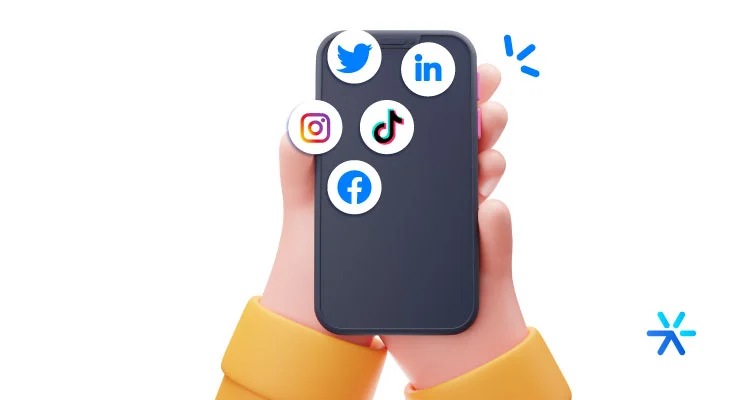
Social networks, such as Instagram, Facebook, LinkedIn and Twitter, are channels sought after by consumers to find out , interact and even make purchases .
Remember to create personalized content and ads with language adapted for each medium.
9. Search Marketing
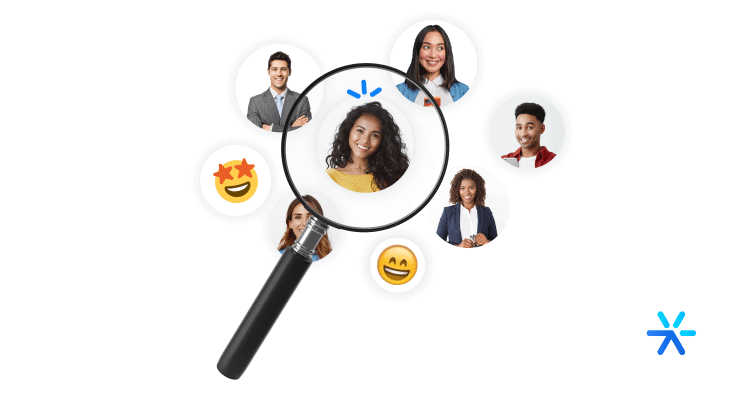
Here we are talking about strategies within search engines , such as Google.
In this marketing type you will find organic (SEO) and paid (search network ads ) tactics to boost your website’s results.
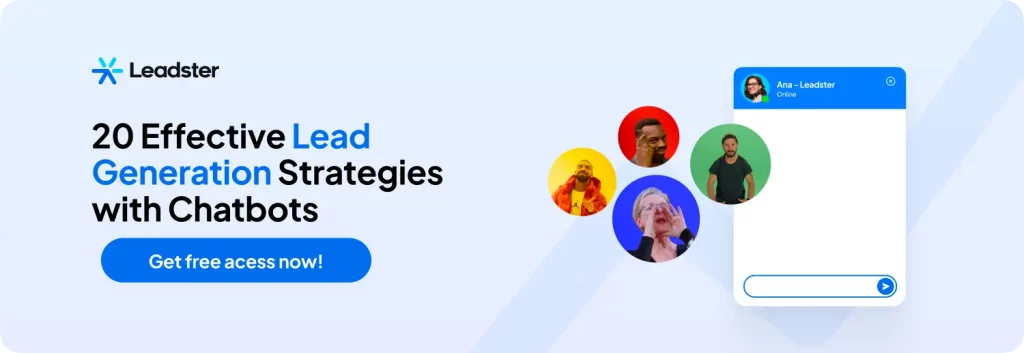
10. Mobile marketing
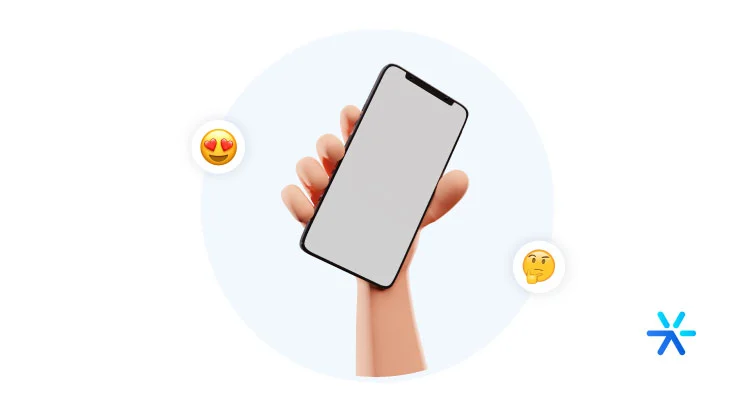
Mobile marketing is nothing more than a set of actions aimed at a better user experience on cell phones .
Actions such as website responsiveness and ad targeting will be put into practice here.
11. SMS marketing
As the name suggests, SMS marketing is the delivery of content, promotions, coupons and launch information through SMS .
Even though the tactic has lost some strength with the arrival of WhatsApp, SMS marketing still has an impact on users.
12. Video marketing
Video marketing is present on channels such as YouTube, Facebook, Instagram and even LinkedIn.
This strategy uses audiovisual content to educate and engage the public .
In this type of marketing you can record anything from long videos to stories and lives.
13. Geomarketing
In geomarketing we will apply strategies considering the user’s location .
From this, it is possible to further personalize the experience, approach and promotions used by the company.
14. Proximity marketing
Proximity marketing is within geomarketing.
This strategy will personalize the ads and notifications received by the user. As?
Well, when a consumer approaches an establishment, their location is identified by GPS, Wi-Fi or Bluetooth , and it is possible to send personalized messages to this user.
15. Remarketing
The objective of remarketing is to impact a user who has already taken a previous action , such as abandoning the shopping cart or accessing a certain page on the website.
The function of this type of marketing is to draw the user’s attention again, implementing other strategies for them to follow on the purchasing journey.
16. Real time marketing
The days of spending hours on the phone to get some information or make a purchase are over.
Real time marketing aims for instantaneity, that is, brands and consumers interact in real time on the internet, through technology.
17. Co-marketing
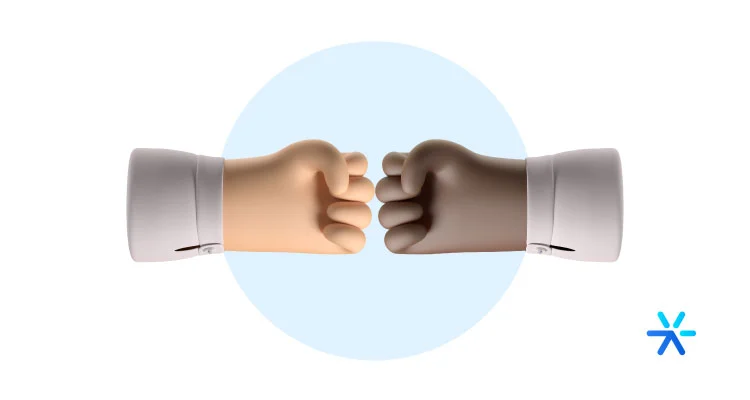
Co-marketing is a partnership strategy between two companies to create and promote a new product, service or even content .
This way, both reach a larger audience, benefiting each other.
18. Cross channel marketing
Unlike co-marketing, cross channel marketing uses several channels integrated into a strategy .
Therefore, it is essential to know about the business persona, in order to adapt all content for each medium.
19. Integrated marketing
There’s no point working on multiple channels if they don’t talk to each other.
This is why integrated marketing, the strategy will align communication between the media used , offering coherent content to the consumer.
The result of this is an aligned, strengthened and well-positioned brand in the market.
20. Direct marketing
Direct marketing concerns clear actions, that is, in the past there was door-to-door marketing, today we rely on email and SMS marketing.
This type of marketing is related to the use of a contact base to contact those who have shown interest in the brand .
21. Indirect marketing
Unlike direct marketing, indirect marketing has a more discreet, subjective dissemination .
It’s propaganda without the appearance of propaganda.
We can see this strategy in films, series and even soap operas when a certain product is on the scene.
22. Strategic Marketing
Strategic marketing is normally present in the internal area of companies , worrying about long-term decisions and how each of them will impact the results and positioning of the brand.
23. Operational marketing
Operational marketing is focused on short-term practical actions, aiming to consolidate the brand in the market .
Therefore, this strategy is responsible for analyzing and controlling operations within each plan.
24. Reactive marketing
Reactive marketing is marketing that follows the market .
In other words, all your strategies will take market movements into account.
25. Proactive marketing
Unlike reactive marketing, proactive marketing aims to anticipate the market and innovate it.
However, this strategy is a two-way street, after all, the company even comes out ahead of its competitors with its new product, but runs the risk of non-acceptance by consumers.
26. Multilevel marketing
Multilevel marketing, or network marketing, is a sales model based on building a network of resellers , in which the brand encourages the seller to attract resellers, who will receive a commission.
This strategy has already been used by companies such as Natura and Mary Kay.
27. Affiliate Marketing
Affiliate marketing uses these affiliates to promote a service or product .
The strategy works as follows: each affiliate receives an advertising link and, for each conversion generated, he receives compensation.
28. Utility Marketing
In utility marketing it is not just about selling a product, but solving the problem and making the consumer’s daily life easier .
This type of marketing is mainly included in inbound marketing, in order to attract consumers with relevant content.
29. Relationship marketing
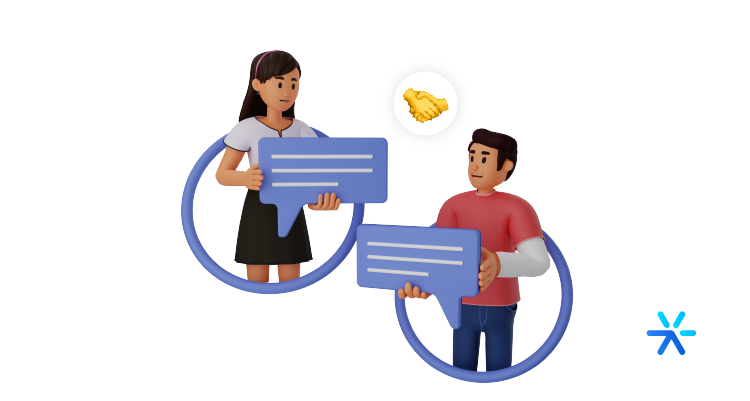
Relationship marketing spares no effort to promote a quality relationship with the consumer before and after the purchase .
The result of this is satisfied, loyal customers who recommend your brand to others.
30. Community Marketing
Last but not least, our last type of marketing is community marketing.
Just like relationship marketing, the objective here is to get closer to consumers.
To achieve this, community marketing will approach those who like to interact and foster this relationship .
This community may include the company’s customers, as well as employees, partners and suppliers.
31. WhatsApp marketing
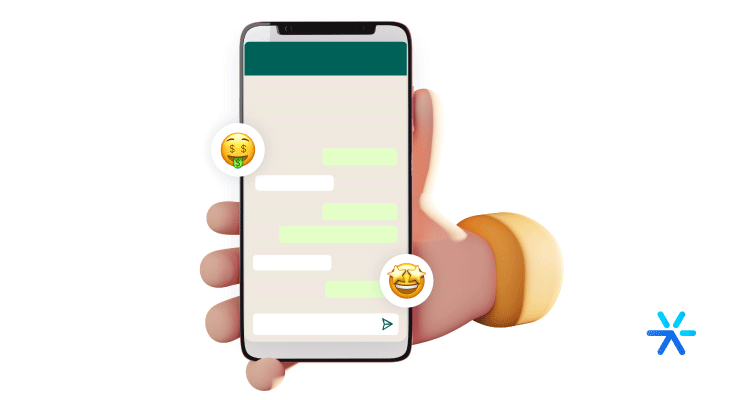
This is a messaging marketing tactic that promotes the brand through WhatsApp.
The application, which is present on 91% of Brazilian smartphones, helps companies reach many users, establishing solid relationships with customers to generate sales.
32. Product Marketing
Product marketing focuses on the connection between the product and its potential customers .
Through different actions (which may involve several teams, such as Sales, CS and Marketing), the goal is to communicate the characteristics, benefits and differentials of a product to its target audience, “translating” the value proposition for the consumer .
33. Word-of-mouth marketing
One of the oldest types of marketing, which continues to generate good results: word-of-mouth marketing.
Also known as Buzz Marketing , this strategy concerns spontaneous advertising for a company.
Yes, you do this when you recommend a product, service or brand to your friends and family, and you don’t even realize it.
34. Internal Marketing
Also called internal marketing, internal marketing is a set of actions whose objective is to develop a good work environment for employees .
Some actions are:
- Satisfaction campaigns;
- Wellbeing programs;
- Strengthening company culture;
- Benefit policies for workers.
35. Guerrilla Marketing
In guerrilla marketing, we are talking about strategies used to promote products and services in an unconventional way.
Here you will come across unexpected campaigns, carried out with more creativity than budget .
Your goal is to create a memorable consumer experience.
36. Sensory marketing
As the name suggests, in sensory marketing we will be covering and stimulating the five senses: sight, smell, taste, hearing and touch .
Each of them contributes to creating a good sales atmosphere, in addition to developing a kind of funnel focused on subjectivity .
37. Personal marketing
Personal marketing uses digital and traditional marketing tools, focusing on personal promotion .
Here we are no longer talking about promoting a company or product, but about strengthening the name and image of a professional.
38. Viral Marketing
In viral marketing, we will be attracting and surprising the public until they spread the message themselves , creating a buzz about the subject.
This technique has lower costs, since the media used is the target audience itself.
39. Conversational Marketing
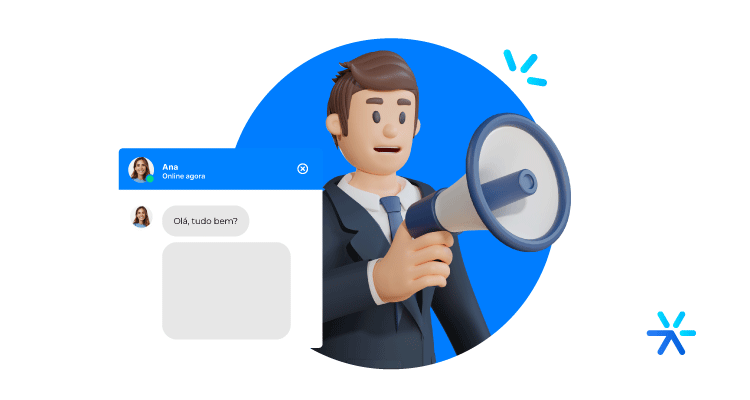
In conversational marketing , we are talking about chatting in real time and in a personalized way with your visitors .
The objective is to help them in the purchasing decision process.
Conversational marketing uses tools such as WhatsApp, chatbots and online chats to communicate with potential customers in an interactive way.
Now that you have 39 types of marketing on hand to apply to your company, what do you think about delving deeper into the tactics that will boost your results?
By combining the best strategy and the right tool, you will see your lead generation triple.
As with the Leadster chatbot ! If you’re interested, access our free demo now!




